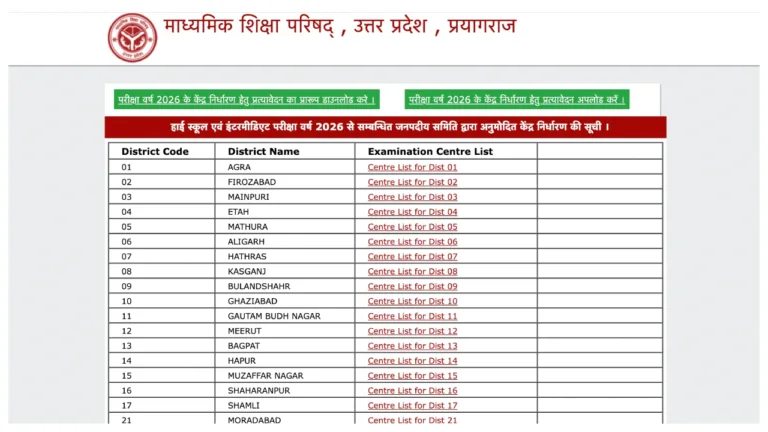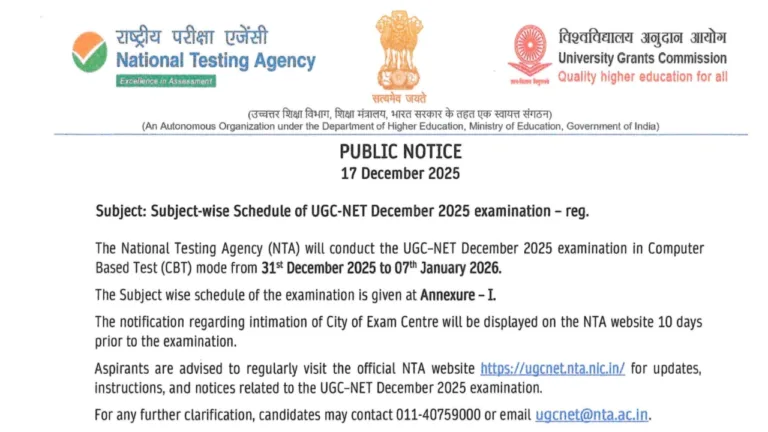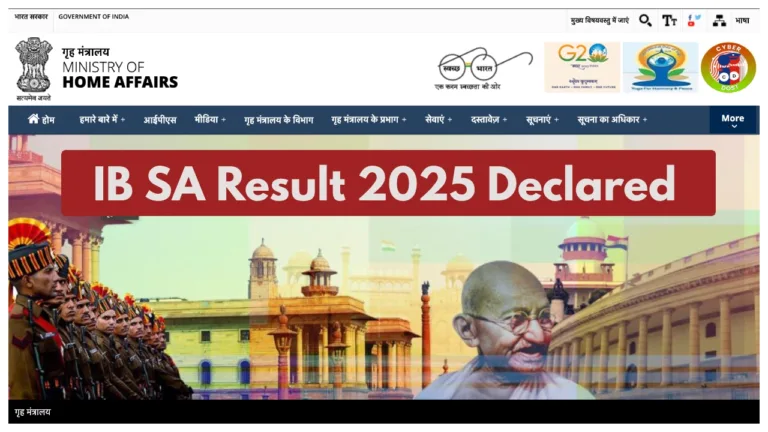The Reserve Bank of India has decided to issue comprehensive guidelines for the gold loan sector due to increasing risks and irregularities. New rules for gold loans are being introduced by RBI. Currently, banks and non-banking financial companies (NBFCs) follow slightly different rules when it comes to giving gold loans. Therefore, RBI aims to harmonize the rules for all lenders.
Rise in Gold Loans
Indians invest heavily in gold, and when needed, they also take loans against it. This option is especially popular among people who are unable to get loans from the banking system for various reasons. With the rise in gold prices over the last few years, the number of gold loans has also increased. Gold loans are becoming more popular not just for personal use but also to meet the needs of small businesses.
Stir Due to the New Rules
On 9th April 2025, RBI Governor Sanjay Malhotra announced the plan for new gold loan rules after the meeting of the Monetary Policy Committee (MPC). Following this announcement, the shares of NBFCs like Muthoot Finance and Mannapuram fell sharply by about 10% and 2.78%, respectively. This decline has raised concerns that the new rules may impact the margins of these companies and increase their operating costs.
Demand for Public Feedback
The RBI has just drafted guidelines for the new gold loan rules and is seeking public feedback to finalize them. In the April 2025 MPC meeting, the repo rate was cut by 25 basis points to 6%. RBI’s increased focus on gold loans suggests that the central bank is prioritizing stability and risk management.
What Could Change?
Although detailed information about the new gold loan rules has not been disclosed by the RBI, it is believed that several important aspects could be addressed. For example, the loan-to-value (LTV) limit may be tightened. Currently, non-banking financial corporations can offer loans up to 75% of the gold’s value, but this limit could be reduced. Additionally, the process of auctioning gold in case of a default may be made more transparent.










